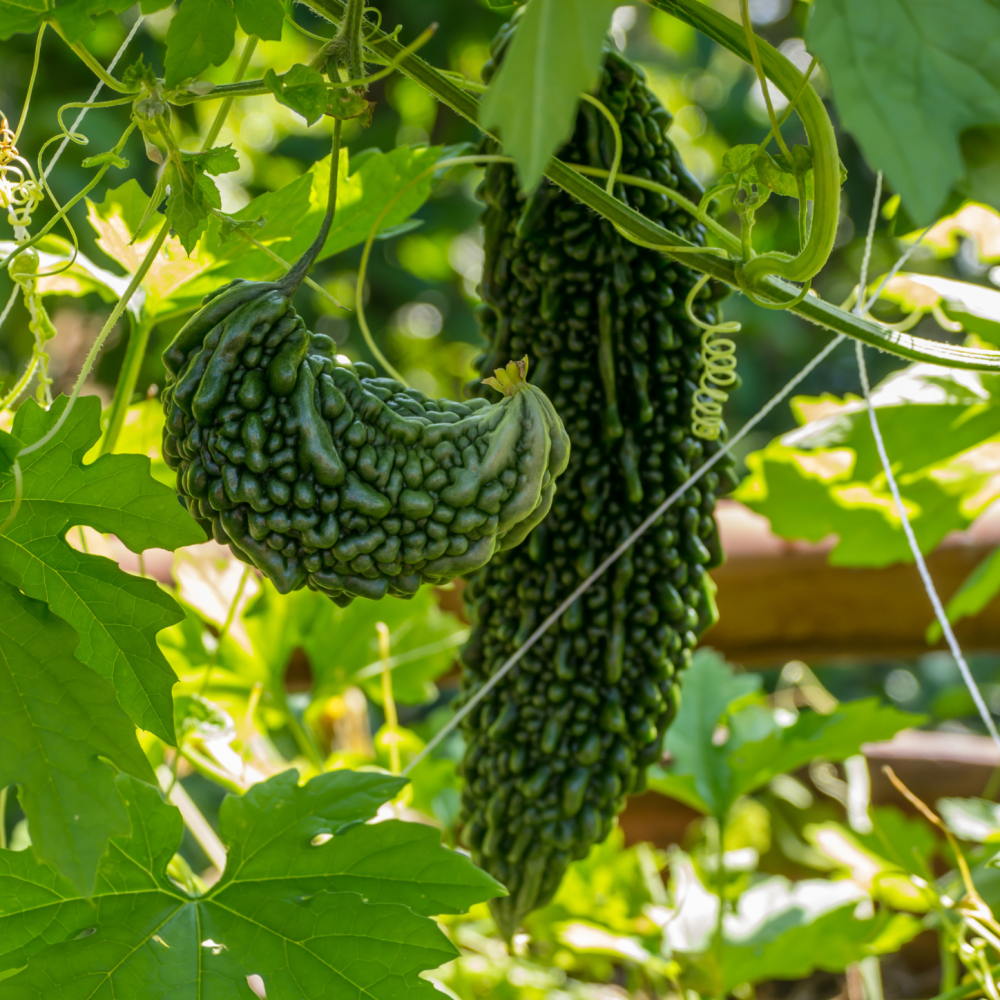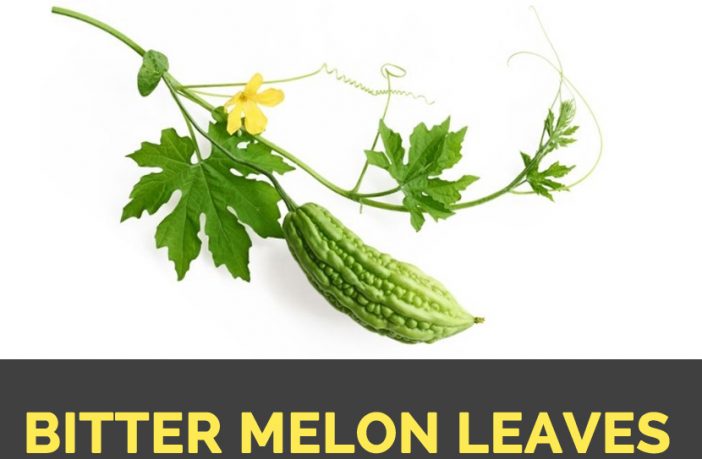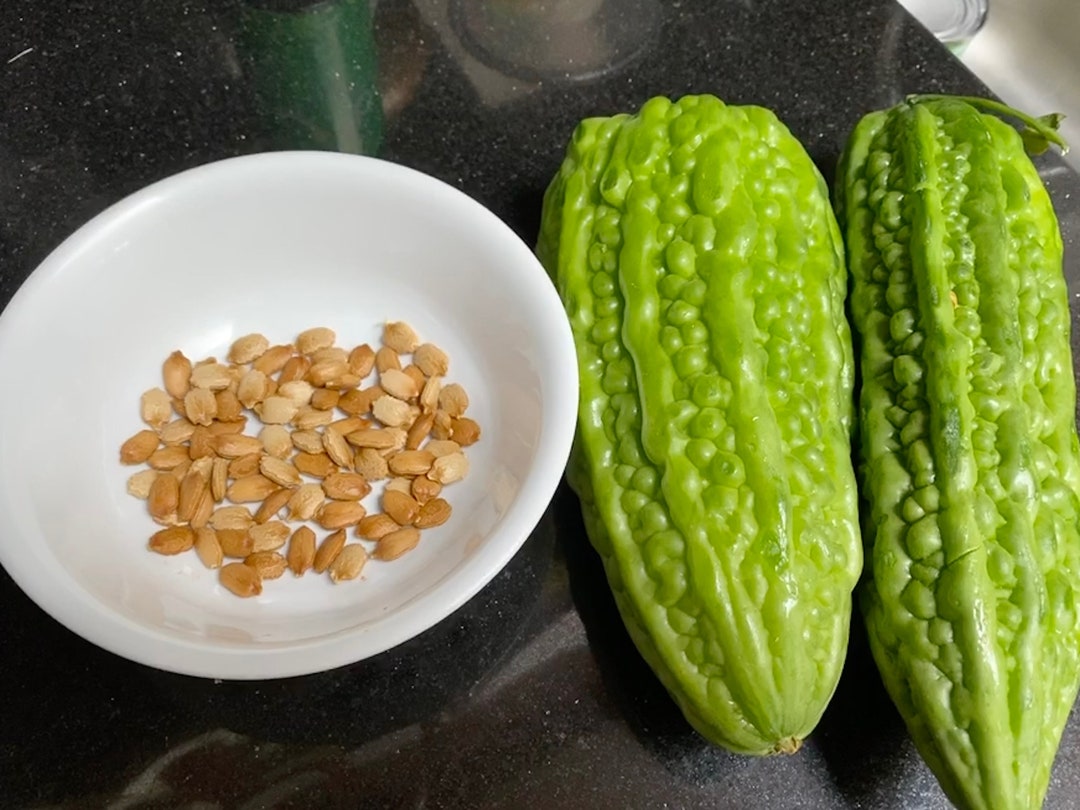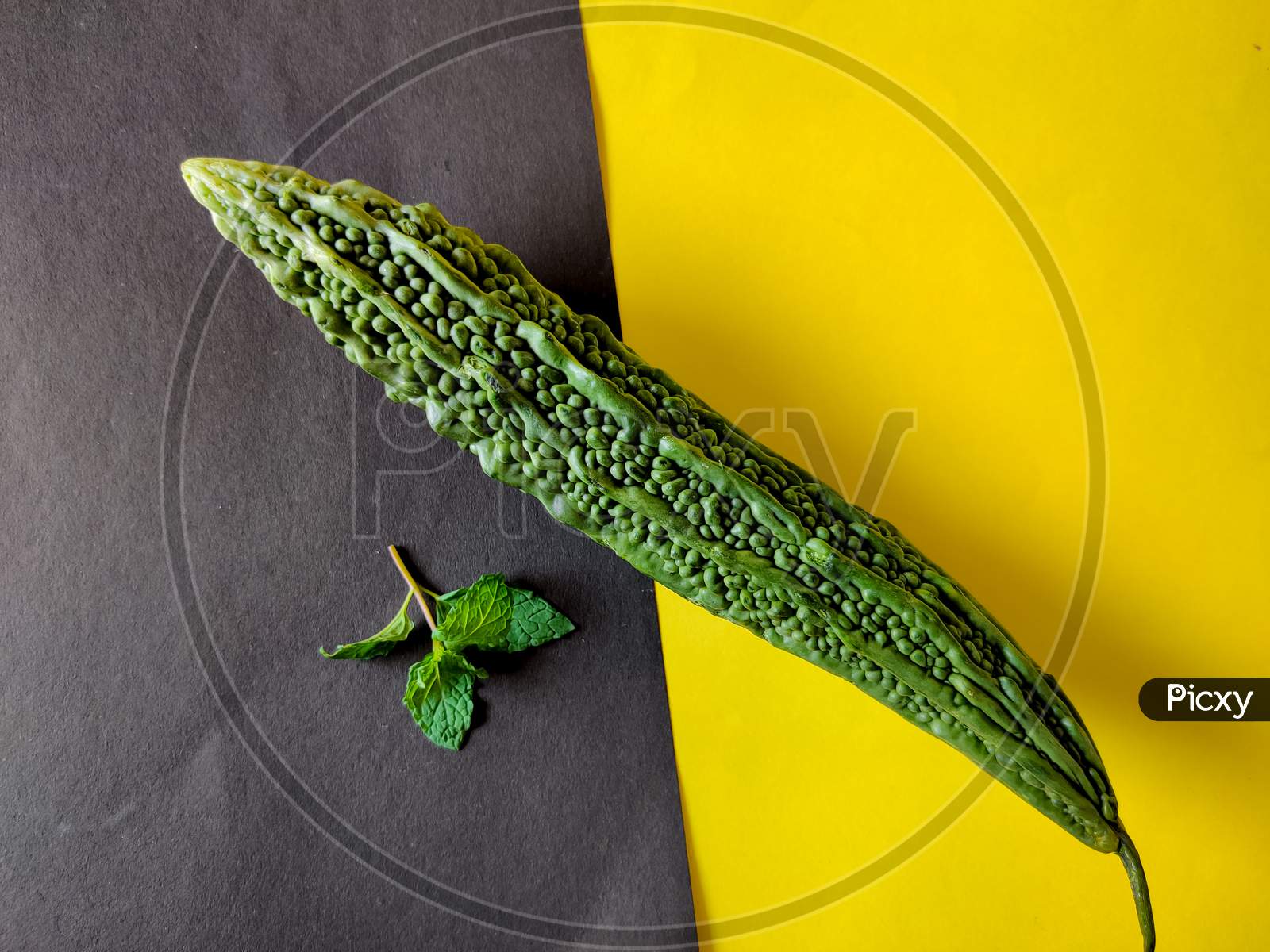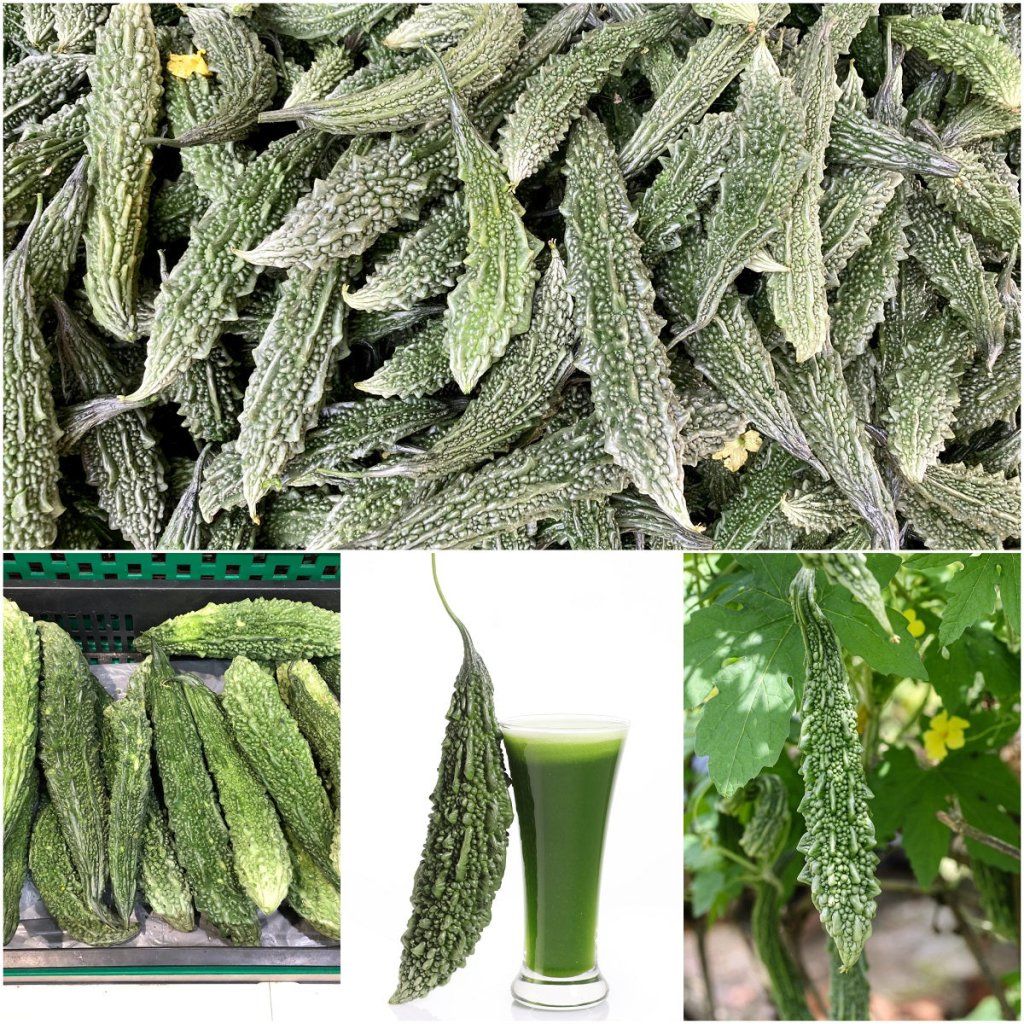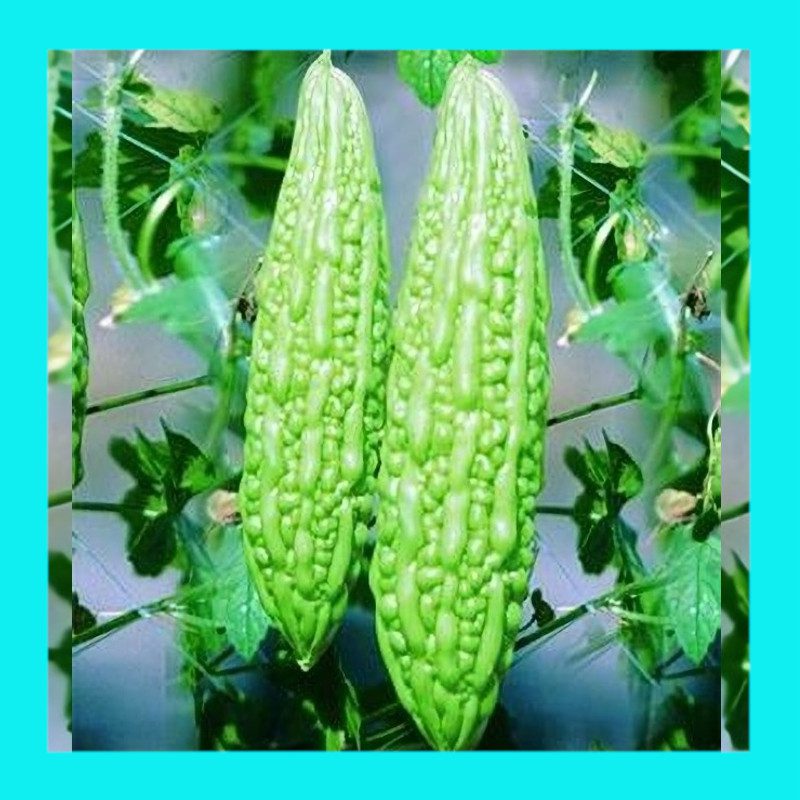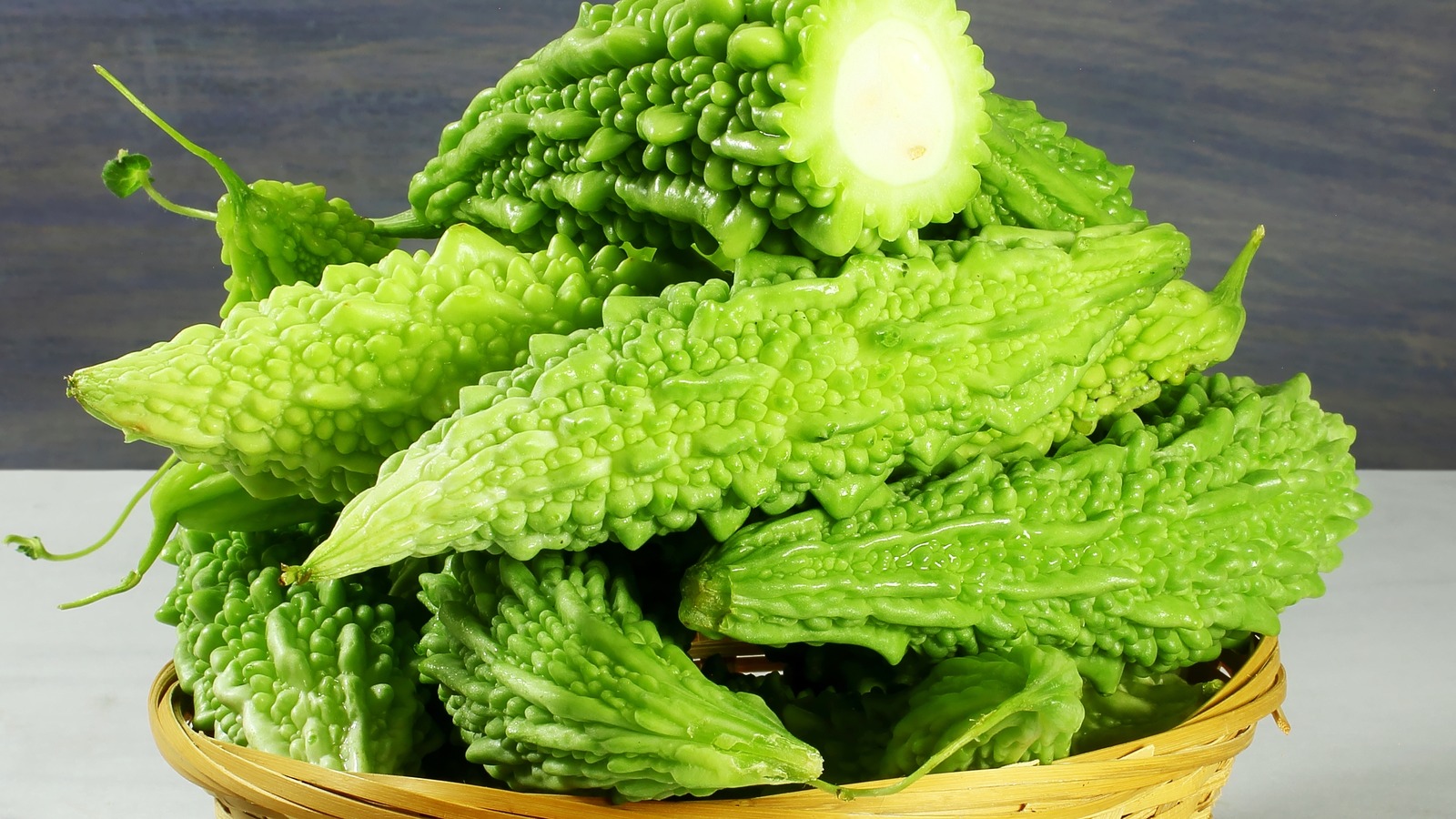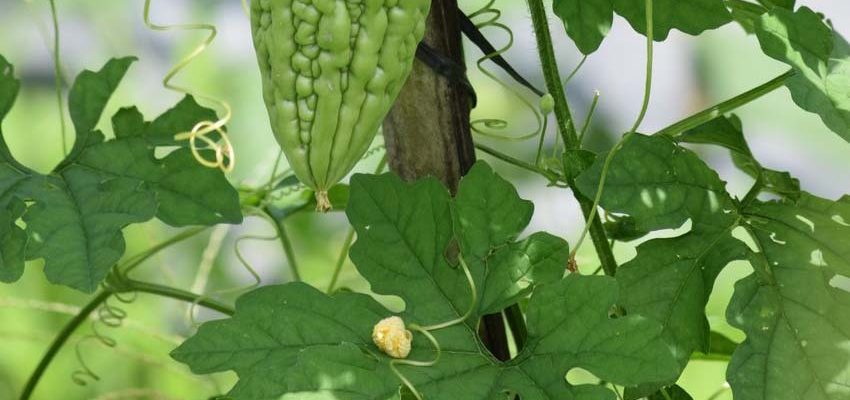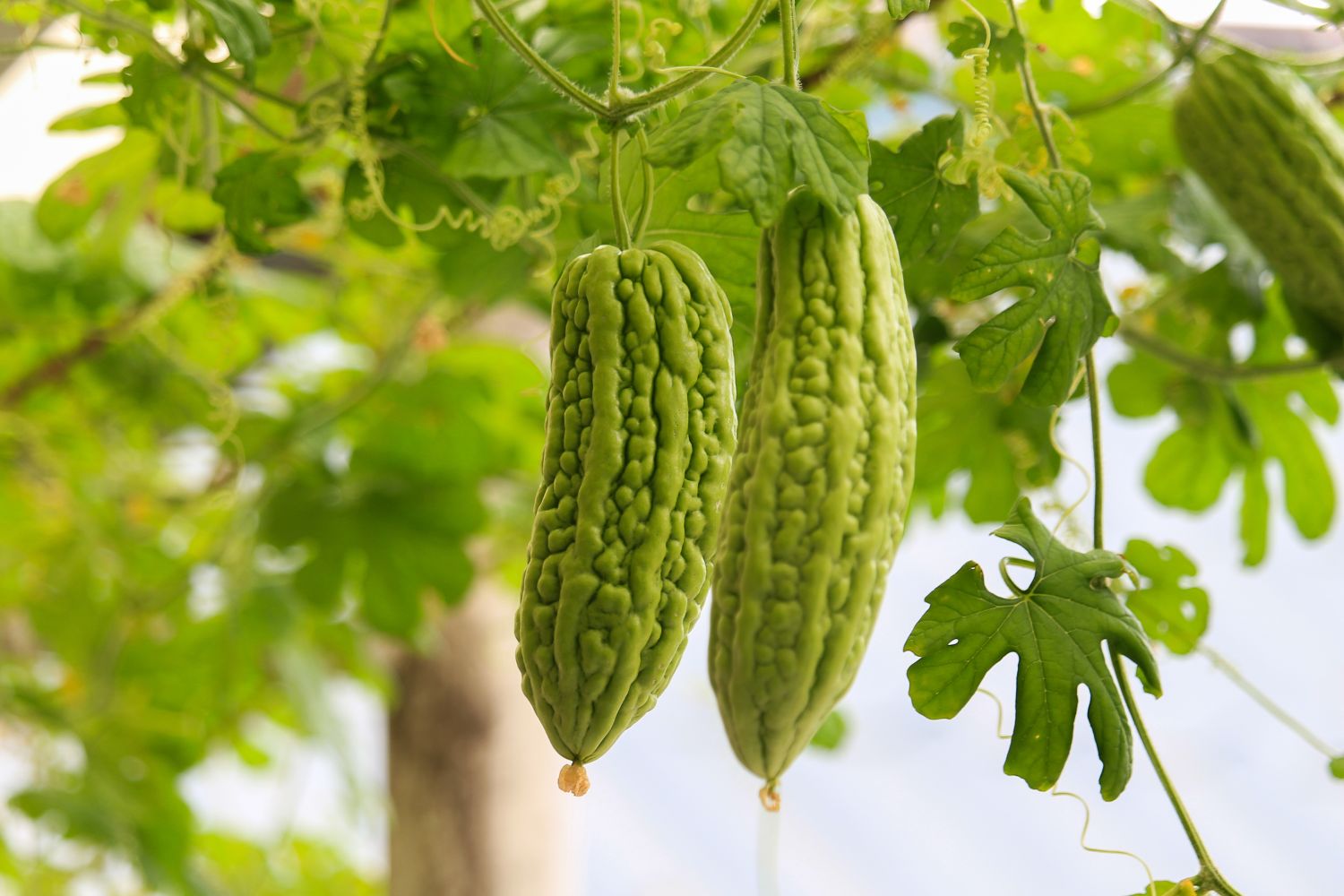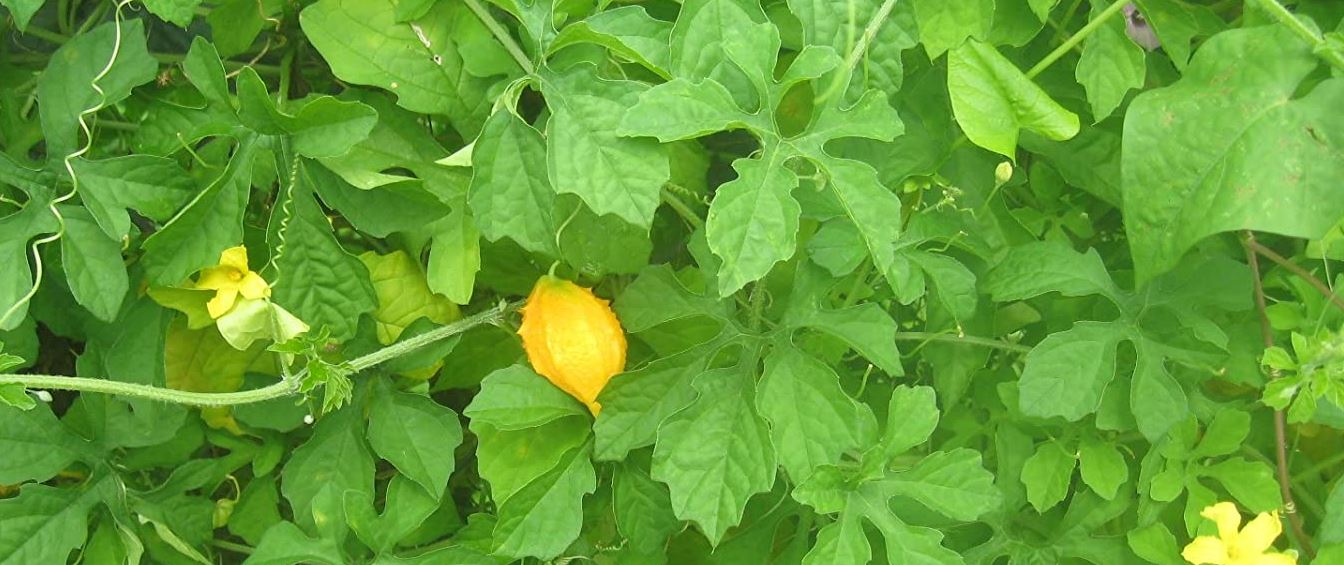Bitter Melon Leaves Where To Buy

Bitter melon leaves, a staple in various Asian cuisines and traditional medicine systems, are gaining traction in Western markets due to increasing awareness of their potential health benefits. This growing interest has sparked a surge in inquiries about where to purchase these nutrient-rich leaves, leading to expanded availability across diverse retail channels.
This article explores the current landscape of bitter melon leaf availability, examining the various avenues through which consumers can access this increasingly sought-after ingredient, while highlighting factors that influence price and quality. It also examines some of the traditional uses and perceived health benefits that are driving the demand.
Availability Across Retail Channels
Bitter melon leaves, once primarily found in Asian grocery stores, are now becoming more accessible through mainstream retailers and online platforms. This expansion reflects the growing popularity and consumer demand for this unique vegetable.
Asian Grocery Stores
Asian grocery stores remain the most reliable source for fresh bitter melon leaves. These stores often source directly from local farms or import from regions where bitter melon is a common crop.
Availability is generally consistent, although selection may vary depending on seasonal factors and regional agricultural practices.
Farmers' Markets
Farmers' markets in areas with significant Asian populations or a strong interest in ethnic produce are increasingly carrying bitter melon leaves. Direct purchasing from local farmers allows consumers to inquire about growing practices and ensure freshness.
Availability is often limited to specific seasons and market schedules.
Online Retailers
The internet has opened up a vast market for bitter melon leaves, with numerous online retailers offering both fresh and dried options. Websites specializing in Asian ingredients and those offering a broader range of ethnic produce are key sources.
Online purchasing provides convenience and access to products from various regions, but it's important to consider shipping costs and delivery times to ensure freshness, particularly for fresh leaves.
Specialty Health Food Stores
Some specialty health food stores are beginning to stock dried bitter melon leaves, often marketed as a tea or supplement. These stores cater to health-conscious consumers and may emphasize the potential health benefits of the leaves.
The leaves are frequently sold in pre-packaged form, with clear labeling of ingredients and nutritional information.
Factors Influencing Price and Quality
The price and quality of bitter melon leaves can fluctuate depending on factors such as seasonality, origin, and the specific retailer. Consumers should be aware of these influences when making purchasing decisions.
Seasonality
Bitter melon is typically grown in warmer climates and has a distinct growing season. Fresh leaves are most abundant and affordable during peak season, typically in the summer and early fall.
Outside of the growing season, prices may increase due to limited availability and the cost of importing from other regions.
Origin
The origin of the leaves can affect both price and quality. Leaves sourced from local farms may be fresher and more affordable than those imported from distant locations.
Different regions may also have varying standards for agricultural practices, potentially affecting the taste and nutrient content of the leaves.
Retailer
Different retailers have varying pricing structures and quality control measures. Asian grocery stores may offer lower prices but less stringent quality checks, while specialty health food stores may prioritize quality but charge higher prices.
Online retailers can offer competitive pricing but may have less direct control over freshness and handling.
Traditional Uses and Perceived Health Benefits
Bitter melon leaves have a long history of use in traditional medicine systems, particularly in Asia. They are believed to possess various health benefits, although scientific research is ongoing to validate these claims.
Some traditional uses include managing blood sugar levels, aiding digestion, and boosting the immune system. The leaves are often consumed as a tea, added to soups and stews, or used in stir-fries.
Disclaimer: It's important to consult with a healthcare professional before using bitter melon leaves for medicinal purposes, especially if you have any underlying health conditions or are taking medications. Pregnant and breastfeeding women should exercise caution.
Conclusion
The growing demand for bitter melon leaves has led to increased availability across a range of retail channels. Consumers can now access these leaves through Asian grocery stores, farmers' markets, online retailers, and specialty health food stores.
When purchasing bitter melon leaves, consider factors such as seasonality, origin, and retailer to ensure optimal price and quality. As with any dietary addition, consult with a healthcare professional to ensure safe and appropriate consumption.
The rising popularity of bitter melon leaves reflects a broader trend towards exploring diverse and potentially beneficial ingredients from around the world. As more research emerges on the potential health benefits, the demand and accessibility of these leaves are likely to continue to grow.
